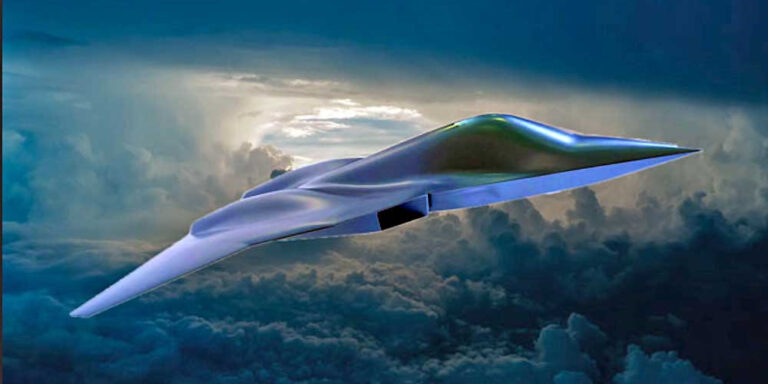Madrid, 14 February 2019 –Transforming a bi-national fighter plane project into a stronger and now politically viable reality is what Spain’s decision to step aboard the Franco-German FCAS (Future Combat Air System) project really means. Providing some sound future to European defence. Especially since 2019 will soon translate into the beginning of the Tornado fighter-bomber’s retirement within NATO. First in the Royal Air Force by mid-2019, and gradually until 2025 in the German and Italian Air Force service.
Earlier this month, France and Germany have awarded the first-ever contract – a Joint Concept Study (JCS) – to Dassault Aviation and Airbus for the FCAS programme. The launch of the JCS was announced by the French Minister of the Armed Forces, Florence Parly, and her German counterpart, Ursula von der Leyen, at a Paris meeting which clearly signaled a decision by both countries rto secure European sovereignty and technological leadership in the military aviation sector for the coming decades. Starting date for the two-year study is 20 February 2019.
Let’s recall that Eric Trappier, Chairman and CEO of Dassault Aviation, said: “This new step is the cornerstone to ensure tomorrow’s European strategic autonomy. We, as Dassault Aviation, will mobilize our competencies as System Architect and Integrator, to meet the requirements of the Nations and to keep our continent as a world-class leader in the crucial field of Air Combat Systems. For his part, Dirk Hoke, CEO of Airbus Defence and Space, added: “FCAS is one of the most ambitious European defence programmes of the century. With today’s contract signature, we are finally setting this high-technology programme fully in motion. Both companies are committed to providing the best solutions to our Nations with regard to the New Generation Fighter as well as the systems of systems accompanying it. We are truly excited about having been given this opportunity and appreciate the trust placed in both our companies.”
This planned Next Generation Weapons System, mimicking what Lockheed Martin intends to achieve with the F-35 Lighting II, will consist of a highly capable manned “New Generation Fighter” (NGF) teaming with a set of new and upgraded weapons as well as a set of unmanned systems (Remote Carriers) linked by a Combat Cloud and its Ecosystem embedded in a System-of-Systems FCAS architecture.
Spain — like France and Germany — belongs to these EU nations which did not choose to re-equip its air force with the Lockheed Martin F-35 Lighting II, despite strong political pressure from Washington. As already Belgium, Denmark, Norway, the Netherlands, Italy and UK have selected to go forward within NATO with the new American fighter plane, the Spanish choice to join the FCAS programme definitely means that Europe will preserve and develop further into this century a hi-tech military aeronautical industry on par with that of the USA, Russia and China. <>


